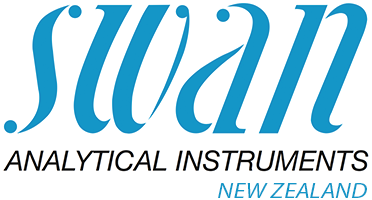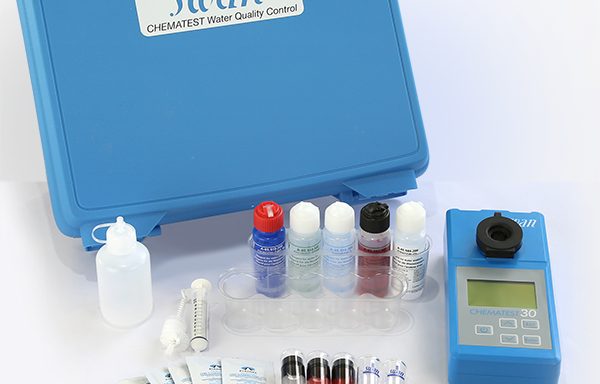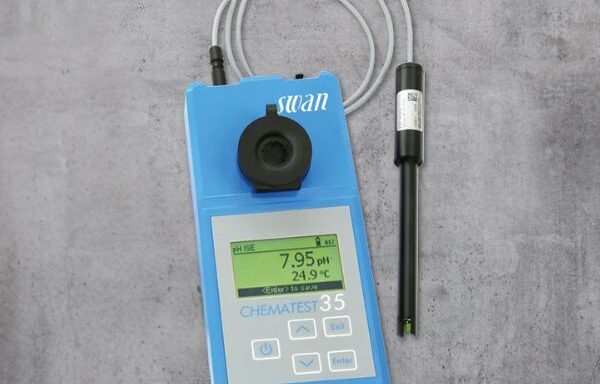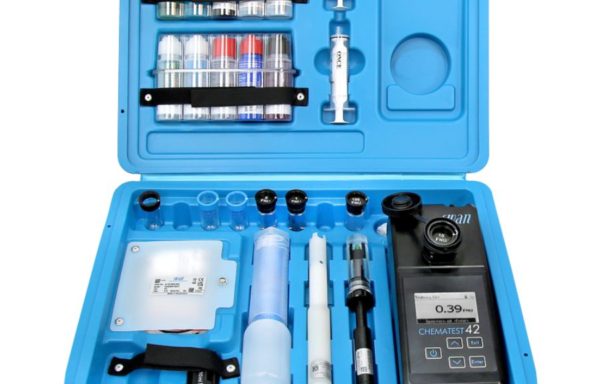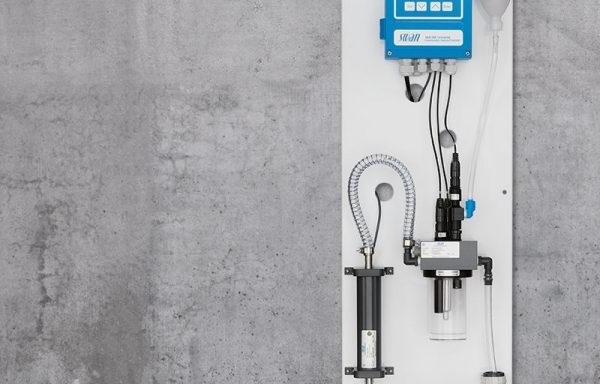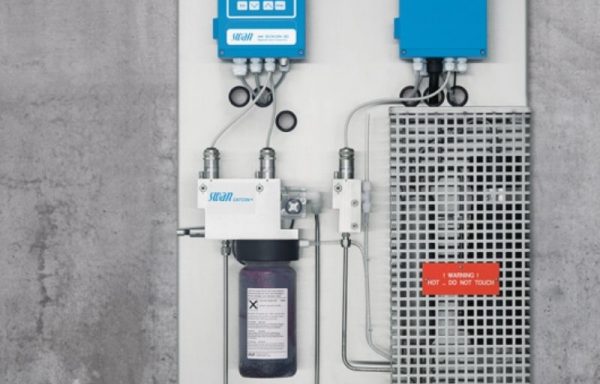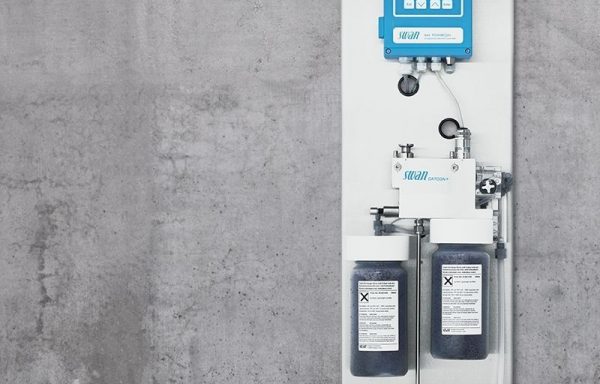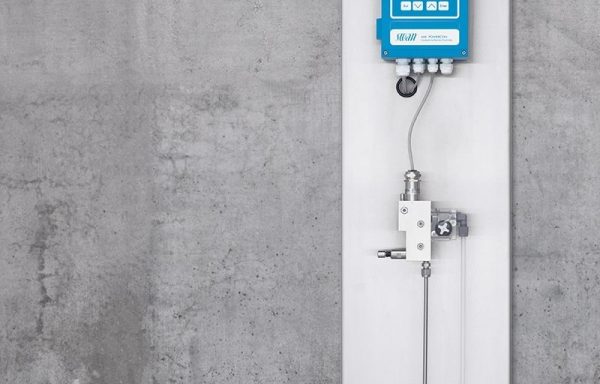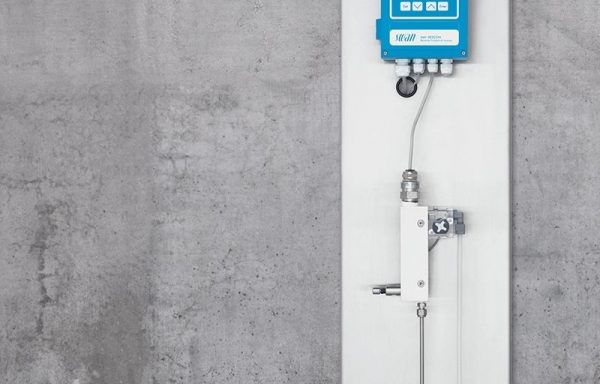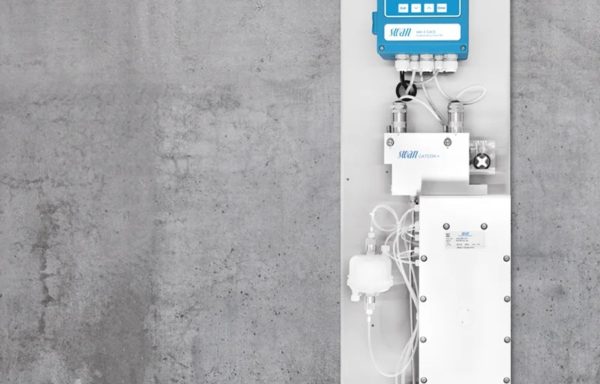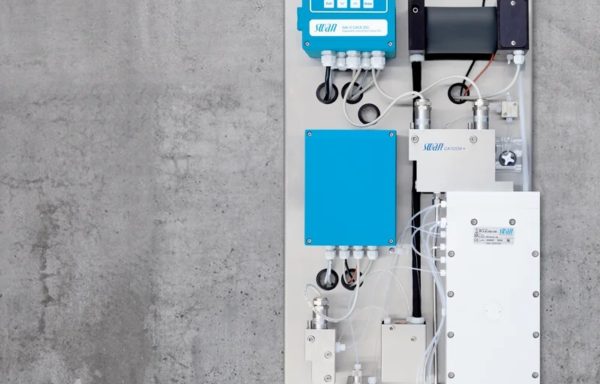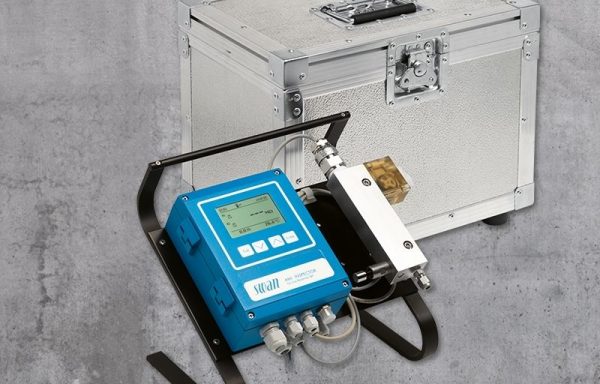What is Conductivity?
Conductivity is a critical property that measures a material’s ability to transmit electricity, heat, or sound.
Water conductivity is a measure of how well water can transmit an electric current, which depends on the concentration of dissolved ions like salts, minerals, and other charged particles. As the level of these ions increases, so does the water’s conductivity. This characteristic serves as a vital indicator of water quality and plays an important role in a wide range of industries and applications.
In water steam cycles, as highlighted by organisations like the Electric Power Research Institute (EPRI) and the International Association for the Properties of Water and Steam (IAPWS), conductivity serves as a vital parameter. It reflects the presence of ions in water, which directly impacts its ability to conduct electric current. Elevated conductivity levels in these systems indicate a higher concentration of dissolved ions, which can lead to corrosion and scaling, ultimately compromising the efficiency and durability of power generation systems.
To address these challenges, the use of a conductivity analyser becomes indispensable. These devices are designed to provide precise, continuous monitoring of conductivity, ensuring optimal operation and maintenance of water steam cycles. Beyond this application, conductivity analysers are also essential in environmental monitoring, water quality assessments, and industries where water purity is paramount.
Water Conductivity Analysis
Monitoring the conductivity of water is a critical aspect of assessing and ensuring water quality across various applications, from environmental health to industrial processes. Conductivity, which measures water’s ability to conduct electrical current, is influenced by the presence of dissolved ions such as sodium, chloride, magnesium, and calcium. Pure water has very low electrical conductivity, but the presence of these ions increases it, making conductivity measurement a valuable indicator of water purity and ion concentration.
A conductivity analyser is an essential tool for accurate conductivity measurements. These devices are widely used in industrial processes to ensure effective process control and water management. For example, in water steam cycles critical for power generation, maintaining specific conductivity levels is vital to prevent corrosion and scaling, which can impair efficiency and equipment lifespan. Conductivity transmitters further enhance monitoring by providing real-time data, enabling preventive maintenance and ensuring system reliability.
In water treatment processes, such as reverse osmosis, conductivity sensors are used to evaluate the effectiveness of contaminant removal and ensure the water meets required standards, including for ultrapure water applications. These products offer a wide range of capabilities, making them indispensable across industries. Continuous monitoring and control of conductivity not only safeguard infrastructure but also protect ecological and human health, highlighting the importance of these technologies in modern water quality management.
Conductivity Analyser resources
- Influence of Temperature on Electrical Conductivity of Diluted Aqueous Solutions
- Information on Conductivity after Cation Exchange (also known as CACE) Analysers
Conductivity Analysers from Swan Analytical
